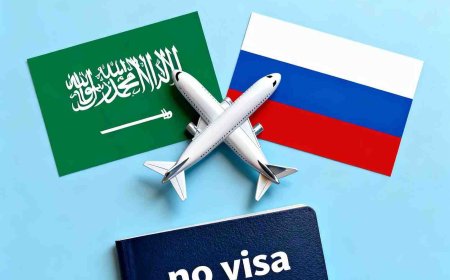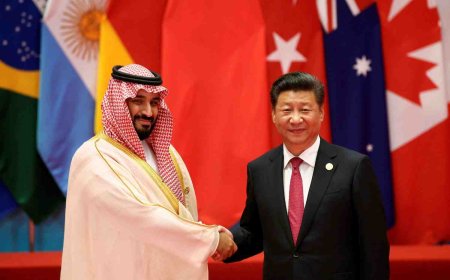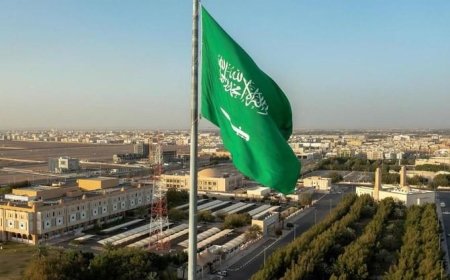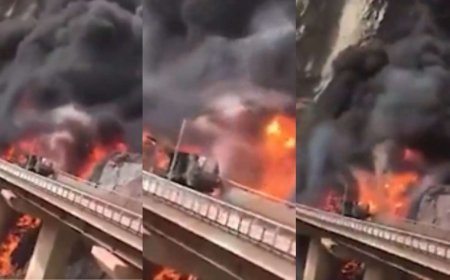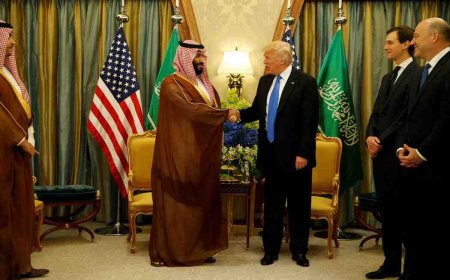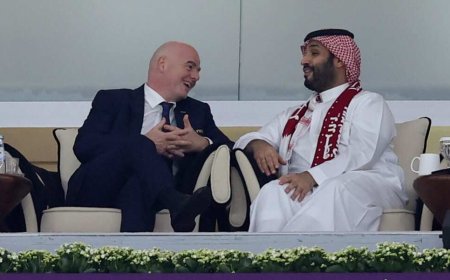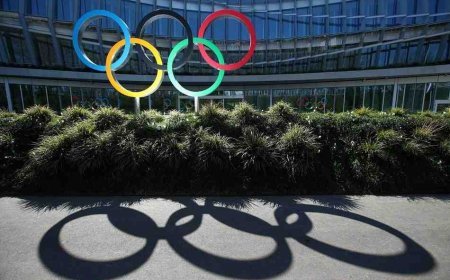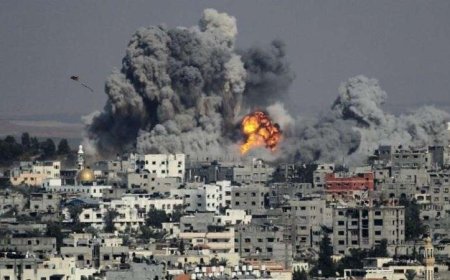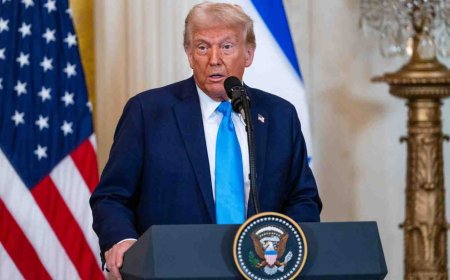Israel-Hamas Ceasefire Deal: Guarantees on Ending Gaza War Seal Agreement
Israel has approved a Phase 1 ceasefire, agreeing to a hostage exchange & troop pullback. Hamas says the deal, backed by US guarantees, means the end of the Gaza war. Get the latest details and analysis.
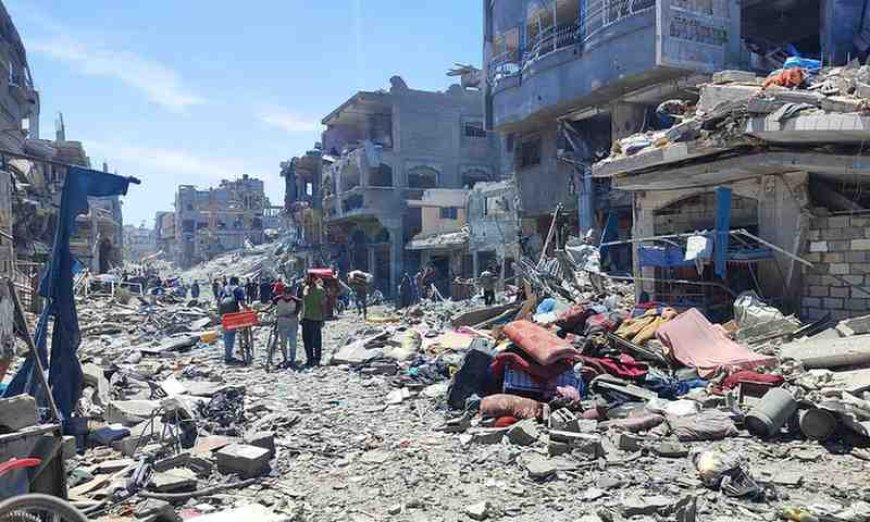
Israel Approves Gaza Ceasefire Deal; Hamas Secures Guarantees for War's End
In a significant breakthrough, Israel's government has formally approved the first phase of a ceasefire agreement with Hamas. The deal, which could halt hostilities in Gaza within 24 hours, outlines a path for the release of all captives and a partial withdrawal of Israeli forces from the enclave.
Concurrently, Hamas negotiators have announced they have received crucial guarantees from the United States and other mediators. According to the group, participating in this initial phase effectively ensures a permanent end to the war in Gaza, marking a potential historic turning point in the nine-month conflict.
The Details: What the Phase One Agreement Entails
The approved plan, dubbed "phase one," is structured around immediate de-escalation and humanitarian measures. The key components include:
-
A Full Hostage Exchange: The release of all captives held by Hamas in Gaza, in exchange for Palestinians detained in Israeli prisons.
-
Israeli Military Withdrawal: Israeli forces will pull back from specific areas within the Gaza Strip, reducing their immediate military footprint.
-
Formal Suspension of Hostilities: A complete, albeit initial, cessation of military operations for a 24-hour period to facilitate the exchange and build confidence.
While this phase represents a critical first step, the framework for a broader, lasting peace remains under negotiation. The governments involved view it as a foundational move, but the precise mechanisms to guarantee a full and final termination of the war are still being finalized.
Khalil al-Hayya, the head of Hamas’s negotiating team, publicly emphasized the significance of the assurances received. He stated that mediators, including the U.S., have provided written guarantees that this agreement is designed to lead directly to a permanent end to the conflict, preventing a return to full-scale war.
Reactions and Potential Risks Ahead
Despite the wave of cautious optimism, numerous challenges and risks lie ahead that could jeopardize the fragile agreement:
-
Verification and Compliance: A major hurdle will be establishing a transparent mechanism to verify that both sides are adhering to their commitments, from the complete release of captives to the agreed-upon troop movements.
-
From Pause to Permanent Peace: The core ambiguity is whether this initial pause can be successfully extended and transformed into a durable ceasefire. The transition from "phase one" to subsequent phases is not yet automatic.
-
Political Fallout in Israel: The Israeli government faces potential internal backlash and political instability. Public and political support for the deal is likely to be intensely scrutinized, particularly regarding the withdrawal of forces.
-
Security Breakdowns: The risk of localized skirmishes or provocations by non-state actors remains high. A single incident could shatter the truce and rapidly reignite widespread tensions.
Nevertheless, the mere fact that Israel's cabinet has formally approved the deal and Hamas has conditionally accepted it marks the most significant shift in the conflict's trajectory in months. It demonstrates that sustained diplomatic pressure has created an opening that did not previously exist.
Broader Context and Significance of the Deal
This development arrives after months of relentless international pressure and shuttle diplomacy aimed at ending one of the deadliest and most destructive chapters in the history of the Israeli-Palestinian conflict. As civilian casualties mounted and a humanitarian crisis deepened in Gaza, global actors intensified efforts to broker a negotiated settlement.
The successful implementation of this first phase would represent a landmark pivot—from open warfare to a managed process of de-escalation. If both parties act in good faith, it could lay the essential groundwork for a more comprehensive resolution addressing long-term security, governance, and reconstruction in Gaza.
The coming hours and days are critical. Global attention will be intensely focused on whether the ceasefire holds, how the hostage exchange unfolds, and if the actions on the ground match the promises made at the negotiating table. The world is watching to see if this agreement can finally pave the way for a durable peace.
What's Your Reaction?











